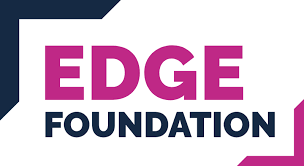The levy is an important funding contribution to our skills system and came into effect in 2017. However, sinceits introduction in 2017, the Apprenticeship Levy has faced ongoing debate. The levy's intention was to promote apprenticeships as a pathway into employment via sustainable funding. Since then, numerous calls for change have emerged as we move towards a clearer consensus. Recognising the need to understand potential ways forward, Edge recently convened a workshop on the issue. Here we outline the key discussion points.
Despite some negative reactions to the levy, it has made some important changes to the skills system, notably in increasing employer investment in skills and improving the prestige of apprenticeships. Firstly, the levy has prompted employers who had not previously considered hiring apprentices to now do so – a behavioural shift that has expanded training opportunities and helped reposition apprenticeships as a viable learning pathway. Apprenticeships have proven effective in filling the skills gap, with 86% of employers saying that they have helped them develop skills relevant to their organisation. Although this revaluation of traditional entry routes in the workplace (as well as upskilling opportunities for existing employees) is not down to the levy alone, it has clearly helped emphasise the value apprenticeships can offer.
The levy has also impacted business strategy. Senior-level support for apprenticeships has grown, resulting in the development of apprenticeship approaches that better align with business needs. Many organisations, for example, are now integrating this funding stream into their people strategies. This supports workforce succession planning and helps address difficult-to-fill vacancies.

